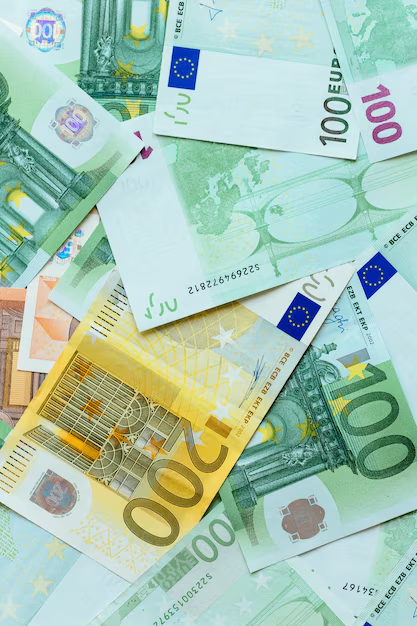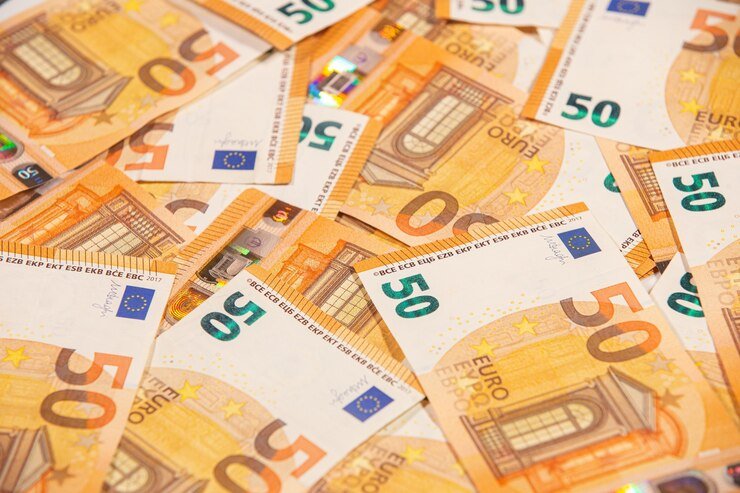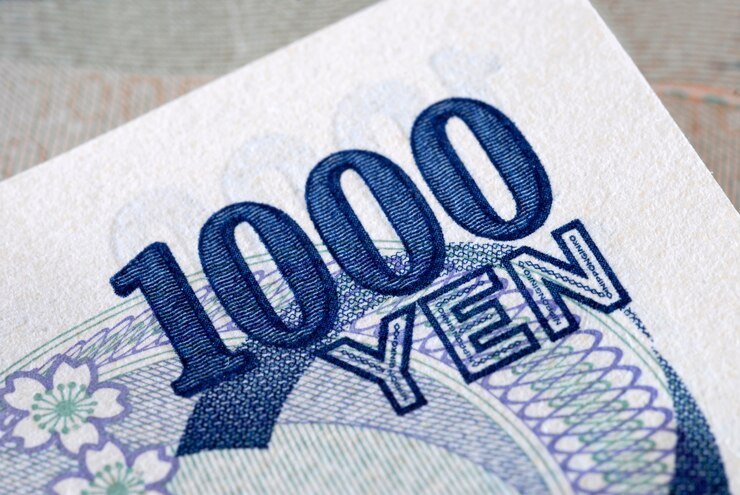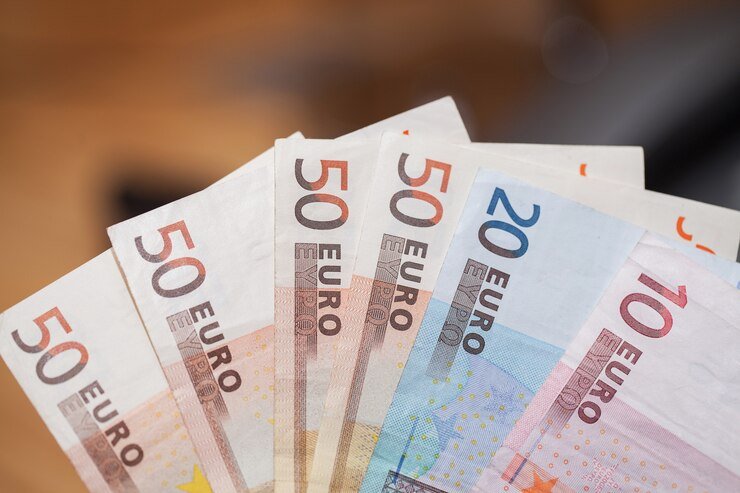Silver Price Prediction: XAG/USD Continues to Gain with Bullish Momentum, Targets $33.10 Resistance
Silver (XAG/USD) maintains its bullish momentum, trading at around $32.40 after bouncing off the nine-day EMA at $32.08. The daily chart technical analysis indicates a strong bullish inclination, with the price trending in an upward channel. Solid short-term momentum is indicated by the metal’s status above the nine-day and 14-day EMAs and the 14-day RSI remaining above 50. Main levels of resistance are at $33.10 and the four-month high of $33.40, with support at $32.08, $31.85, and $31.60. Breaking below these points could turn the outlook bearish, sending silver lower to the five-month low of $28.74. KEY LOOKOUTS • Silver is tested by serious resistance at $33.10, the top of the rising channel, with additional upside potential to $33.40. • The nine-day EMA at $32.08 provides early support, with a breakdown below potentially revealing additional downside to $31.85 and $31.60. • Silver is above the nine-day and 14-day EMAs, with the 14-day RSI above 50, providing additional evidence of short-term bullish pressure. • A break decisively above $33.10 might encourage additional gains, with a fall beneath $31.60 potentially shifting sentiment bearish towards December’s five-month low at $28.74. Silver (XAG/USD) continues in bullish mode, trading around $32.40 as it holds above important levels of support such as the nine-day EMA at $32.08. The price remains within an up-sloping channel, the resistance being $33.10 and the additional upside target $33.40. Technical factors, including the 14-day RSI remaining above 50 and the price above the nine-day and 14-day EMAs, indicate ongoing strength. A breakdown below $31.60 would, however, undermine the positive outlook, opening silver to further losses to the five-month low set in December at $28.74. The major levels to monitor are these. Silver (XAG/USD) is trading close to $32.40, holding bullish sentiment above significant support levels. A move above $33.10 could indicate further advances, and a fall below $31.60 could break the trend. • Silver is trading close to $32.40, holding a bullish sentiment in an upward channel. • The next resistance is at $33.10, and a breakout could push prices to $33.40. • First support is at $32.08 (nine-day EMA), followed by $31.85 and $31.60. • Silver is above the nine-day and 14-day EMAs, with the 14-day RSI at more than 50, showing strong momentum. • A breakout above $33.10 could propel further advances, while a breakdown below $31.60 might turn sentiment bearish. • If silver breaks below $31.60, it could test the December low of $28.74. • Traders need to watch price action around key levels to gauge future direction and possible breakout opportunities. Silver (XAG/USD) continues to remain in its bull trend, being above major moving averages and trending within an increasing channel. It is currently priced above the nine-day and 14-day Exponential Moving Averages (EMAs), meaning it has great short-term momentum. The 14-day Relative Strength Index (RSI) is still above the 50 level, showing consistent buying momentum. Resistance appears at $33.10, which sits on the upper edge of the rising channel, then there is a major breakout level at $33.40, its four-month high. If silver manages to break through these resistance points, it may set the stage for additional advances in the sessions ahead. XAG/USD Daily Price Chart TradingView Prepared by ELLYANA On the negative side, the immediate support is at $32.08 (nine-day EMA), then $31.85 (14-day EMA) and the lower limit of the rising channel at $31.60. A fall below this key area can undermine the bullish scenario, setting the stage for a more extensive retracement towards $28.74, the five-month low of December. But as long as silver stays in the rising channel and above crucial EMAs, the overall trend is still positive. Traders need to keep a close eye on price action around these crucial technical levels to gauge possible breakouts or reversals in the next sessions. TECHNICAL ANALYSIS Silver (XAG/USD) still shows strong bullish momentum, aided by key technical indicators. The price is still above the nine-day and 14-day Exponential Moving Averages (EMAs), solidifying the rising trend. The 14-day Relative Strength Index (RSI) remains above the 50 mark, suggesting continuous buying pressure. Silver is in an upward channel, with resistance at $33.10 and a breakout level at $33.40. On the downside, immediate support is at $32.08 (nine-day EMA), then at $31.85 (14-day EMA) and $31.60 (channel support). A drop below this level would invalidate the bullish contention, leaving silver vulnerable to further losses towards $28.74, the December low. FORECAST Silver (XAG/USD) is still in a robust bullish trend, with the metal trading above significant technical levels. The metal’s ability to break above the immediate resistance of $33.10 could set the stage for further gains towards the four-month high of $33.40. A continued break over this level can initiate further buying pressure, leading silver to $34.00 and higher. This bullish view is further supported by the price remaining above the nine-day and 14-day Exponential Moving Averages (EMAs), and the 14-day Relative Strength Index (RSI) still above 50. As long as silver trades within the rising channel, there is every reason for the upward momentum to continue, with fresh highs expected if market sentiment continues to remain bullish. Even with silver’s robust bullish momentum, risks of a decline are present if key support levels are breached. The initial key support is at $32.08 (nine-day EMA), then $31.85 (14-day EMA) and the lower edge of the rising channel at $31.60. A breach below this key area may undermine the bullish setup and lead to further falls. If silver dips below $31.60, it could come under selling pressure, leaving the price vulnerable to further corrections towards $30.50 and possibly the five-month low of $28.74 in December. Volatility in the market, changes in investor sentiment, or surprise economic data releases may trigger downward movements. Traders must be on their guard and watch these support levels closely for trend reversals.











